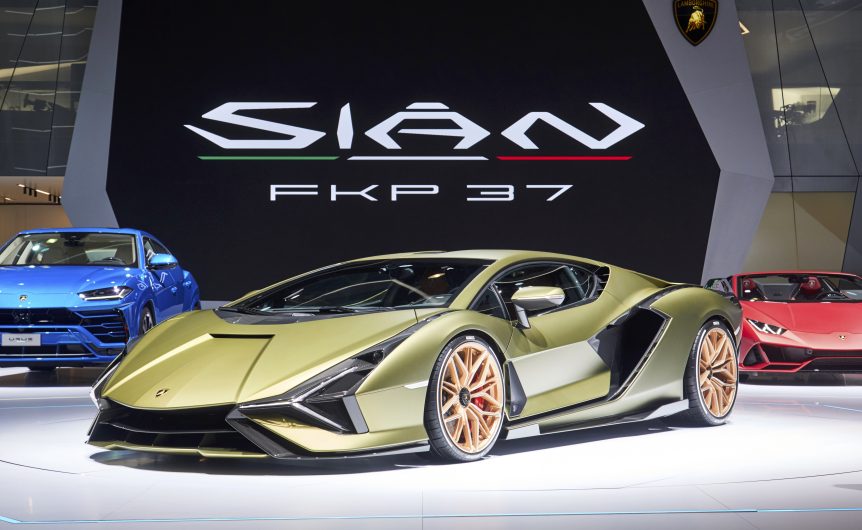Your editor has asked for years if batteries in electrically-powered aircraft could be augmented by supercapacitors, devices able to unleash significant amounts of power quickly. The usual answer is that the added weight of supercaps that could add power on demand would be about that of added batteries to equal the performance. We wrote about the use of super capacitors in KERS (Kinetic Energy Recovery Systems) used in Formula racers and even at LeMans. At around the same time, Mazda tucked supercaps under the front wheel well on some models to capture waste energy from braking. That energy could then power electric systems in the car and even recharge the main battery. In an explanation and comparison of lithium batteries and supercaps, Matt Ferrell gives a reasonable overview of the two and how they will probably evolve in the future. As he notes, Tesla recently purchased Maxwell technologies, possibly to fill what Maxwell describes as the “energy gap for fast-response, …
Formula 1 Cars and Mazda Recover Waste Energy
David Bettencourt, a criminal defense attorney and aviation lawyer in Hawaii, is a follower of Formula 1 racing and energy-efficient systems. He filed a brief with your editor on the following. Kinetic Energy Recovery Systems (KERS) were a relatively new thing in Formula 1 racing in 2009, had significant development problems and were banned in 2010. Reinstated in 2011, the systems recover the kinetic energy present in the waste heat created by the brakes and exhausts. The energy is then stored in a battery or a light, extremely high-speed flywheel, converted into power and can then deliver a maximum of 60 kilowatts (80 horsepower), which can be called upon by the driver to boost acceleration for up to 6.6 seconds per lap. Williams is a major Formula 1 constructor and developer. Sam Michael, Williams technical director, explains. “The rules have changed since KERS was last used in F1. Re-fuelling is no longer permitted, so the packaging is different now. We …

